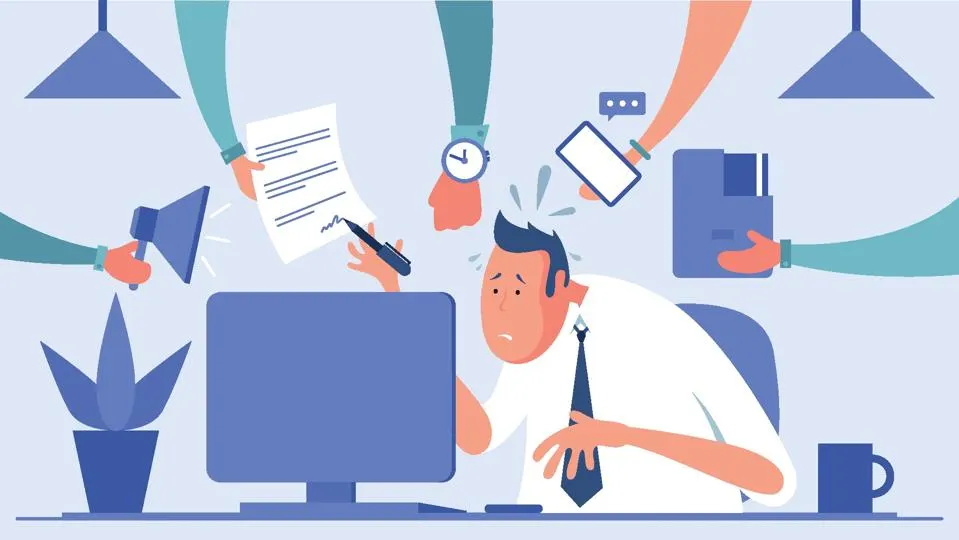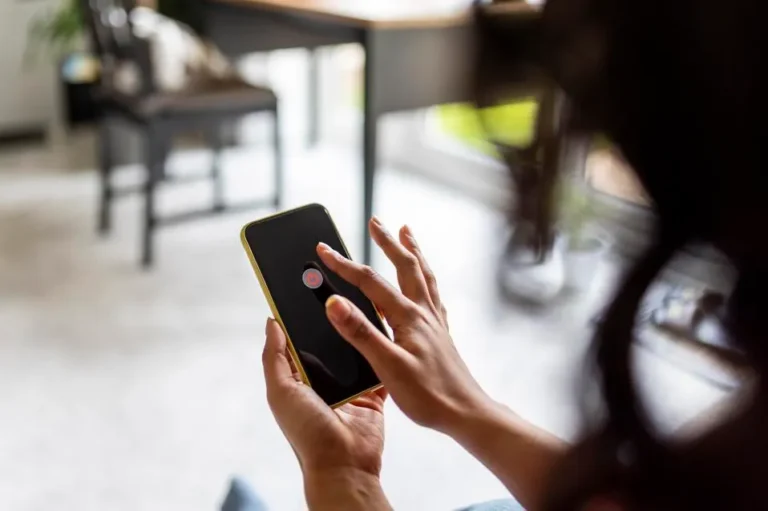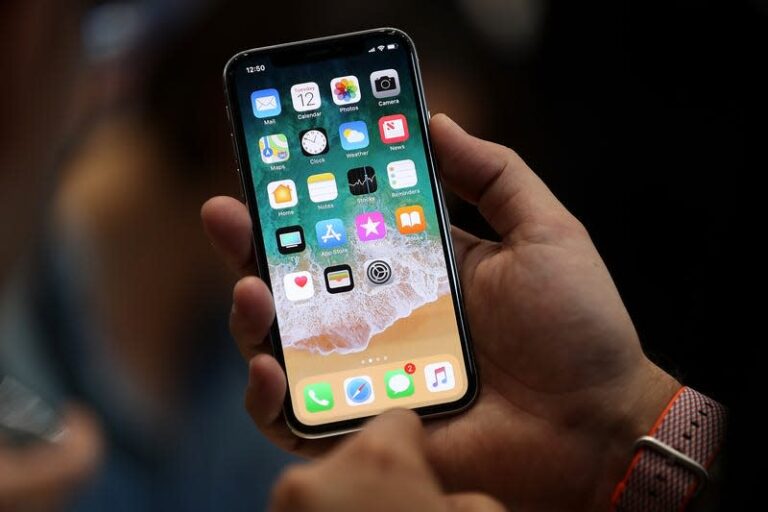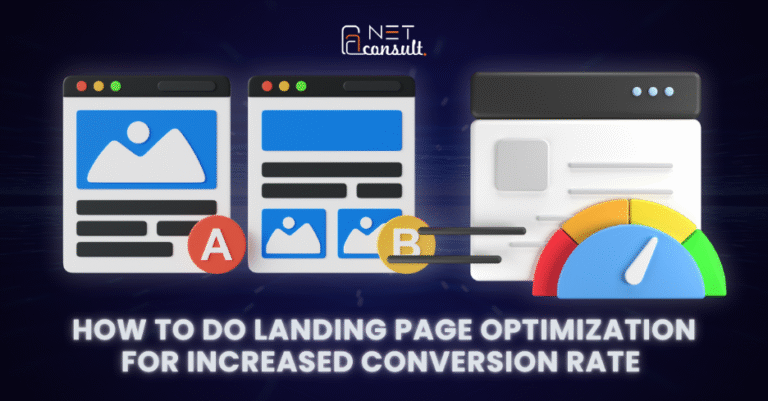Digital Burnout Is Real—And Your Screen Time Isn’t Helping
You check your phone first thing in the morning. Scroll through endless notifications. Jump from app to app without thinking. Meetings, emails, group chats, voice notes, TikToks, reels, updates—it never stops. By the end of the day, your brain feels fried, your eyes are sore, and yet you still find yourself reaching for your phone one last time before bed.
This isn’t just a side effect of modern life. It’s something deeper. It’s digital burnout.
And if you think your screen time has nothing to do with it, think again.
What Digital Burnout Really Looks Like
It’s not just tired eyes or a sore neck. Digital burnout is a slow, creeping kind of exhaustion. It builds over time, quietly, until even basic tasks start to feel overwhelming.
You lose focus faster. You get irritated more easily. You forget why you opened an app in the first place. You keep refreshing pages without really absorbing anything. You feel mentally full, but not satisfied.
It’s the mental version of junk food—too much, too often, with no real nourishment.
Your Brain Wasn’t Built for This
The human brain thrives on rest, change, and focused attention. But today, we’re constantly overstimulated. A never-ending stream of pings, alerts, comments, ads, and content leaves no room to breathe.
Each notification is a mental detour. Each app fights for your attention. And your brain is stuck in a constant loop of switching tasks, trying to process everything, while struggling to retain anything meaningful.
Over time, this takes a toll. What used to be a tool becomes a source of stress.
The Myth of “Productive” Screen Time
It’s easy to justify your screen time. You’re reading articles, responding to emails, managing projects, checking the news. But here’s the uncomfortable truth: even productive screen time can burn you out.
Just because something is work-related doesn’t mean it’s mentally healthy. In fact, constantly being plugged in—always reachable, always responding—can make it impossible for your brain to fully switch off. And without that reset, fatigue creeps in.
How Screen Time Feeds the Cycle
The more drained you feel, the more likely you are to escape into your screen. Scroll a bit more, watch another video, open another tab. It feels relaxing—but only in the moment.
The dopamine hit tricks your brain into thinking you’re getting rest. But mentally, it’s just more noise. And so the burnout deepens, even as you try to avoid it.
Breaking the Pattern
You don’t need to ditch your devices or live off-grid to feel better. What you do need is balance. That starts with awareness.
Here are a few habits that can help:
- Set intentional screen breaks throughout the day
- Disable non-essential notifications
- Keep one screen-free hour before bed
- Use “Do Not Disturb” mode while working or resting
- Stop multitasking between apps
Even small changes can create space for your brain to recover.
Real Rest Feels Different
You’ll know you’re starting to break free when rest actually feels restful. When you can sit in silence without checking your phone. When your thoughts aren’t scattered across tabs. When you wake up without dread, and end the day without mental clutter.
That kind of clarity doesn’t come from another app. It comes from stepping back, even just a little, and giving yourself room to breathe.
Final Thought
Digital burnout is real. It doesn’t show up all at once, but it changes how you think, feel, and live. And the screens we rely on—while helpful and necessary—can silently feed the problem.
You don’t have to disconnect from the world. Just reconnect with yourself.






